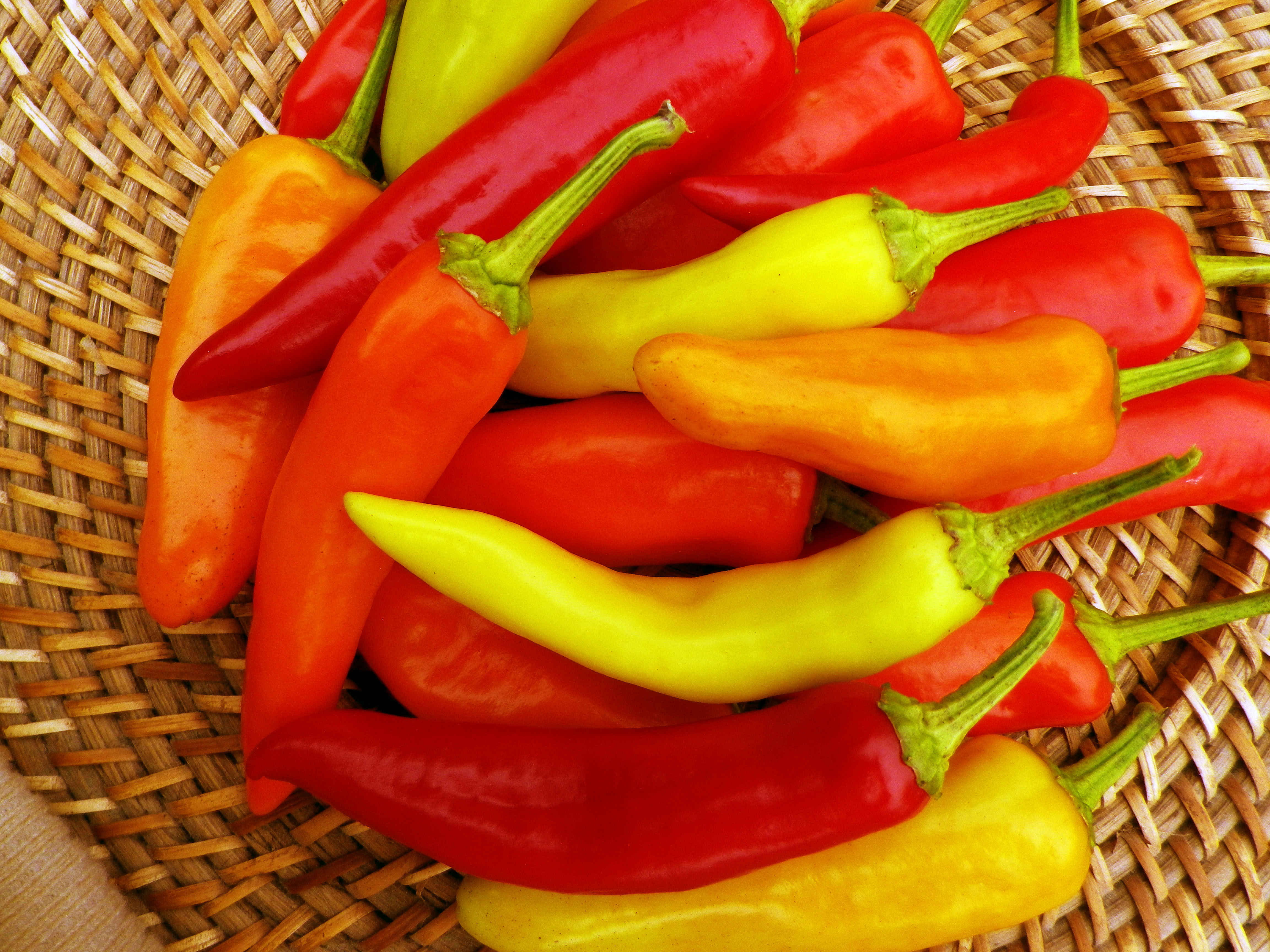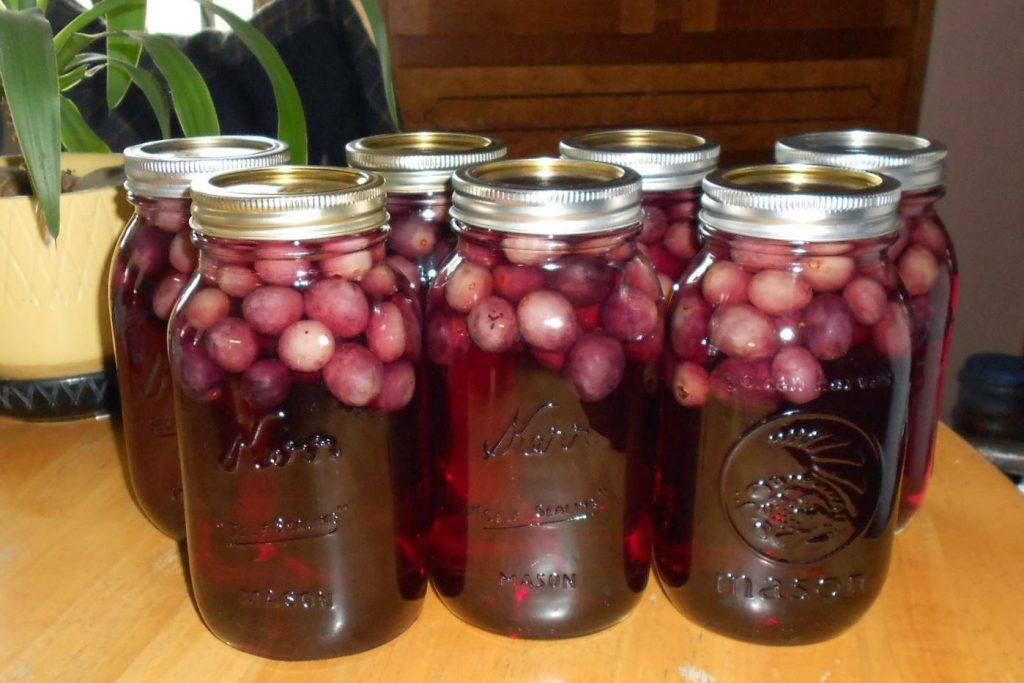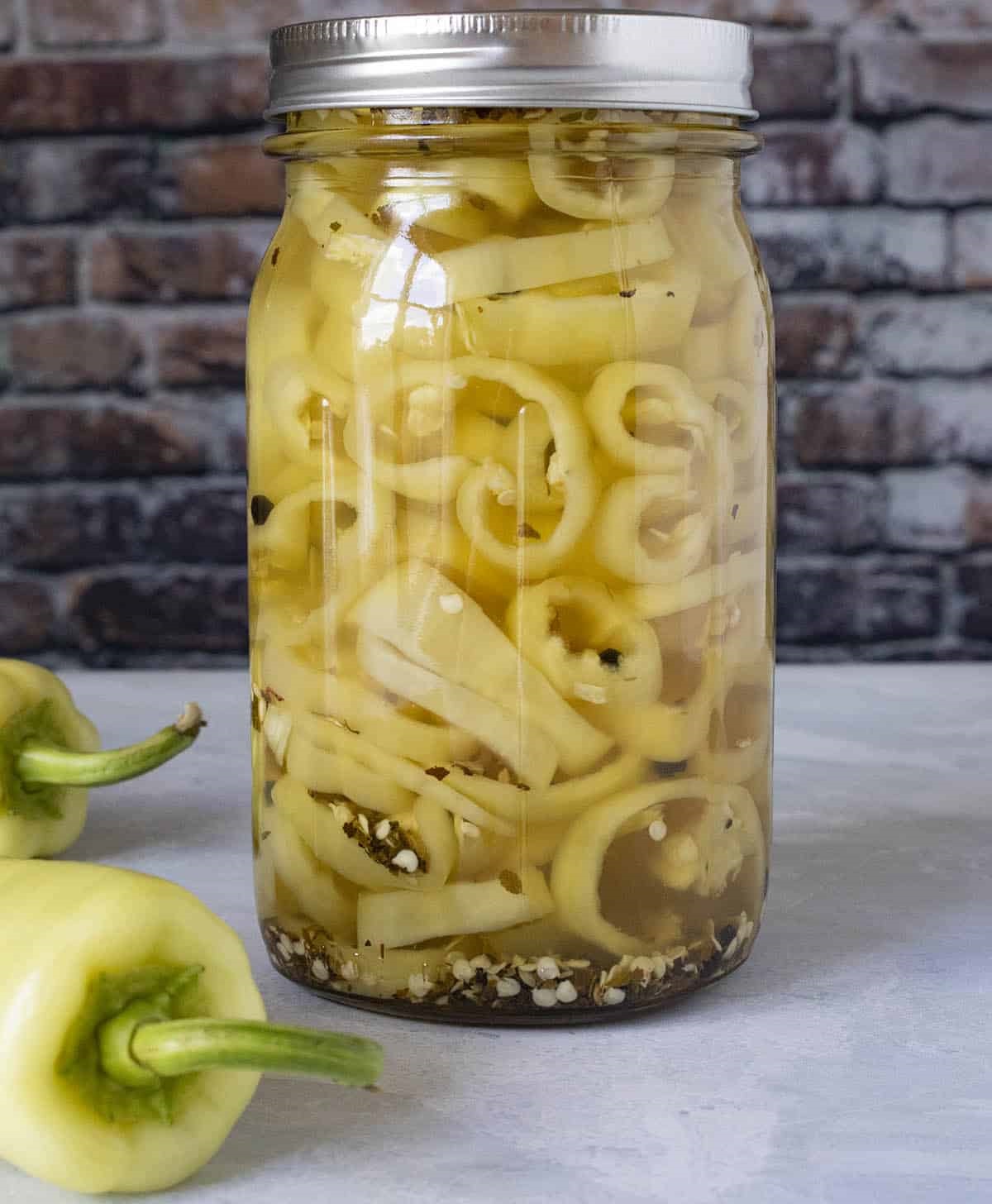Table of Content
Isn’t it possible to just heat the jars in a water bath canner for an extended period of time or to add acid to the jars? They can be killed at boiling water temperatures, but it takes an exceedingly long period. As a result, what is the prevalence of botulism in canned foods? Botulism outbreaks in the United States are most often caused by home-canned vegetables. There were 210 occurrences of foodborne botulism reported to the CDC between 1996 and 2014.
Botulism is a serious form of food poisoning that can occur from eating improperly canned foods. It can be caused by other things as well, but this article will deal with the botulism in home canned food issues. A confirmed outbreak of foodborne botulism type B occurred in Ontario in January 1999. After an epidemiological investigation, the most likely causal food was determined to be home-canned tomatoes that were kept in a cellar that was warmer than 6°C. However, the suspect food was not confirmed as contaminated because the suspected dish was not available for testing. This report summarizes the investigation and outcome of an outbreak of foodborne type B botulism in Ontario that implicated home-canned tomatoes.
How do you get botulism from canning?
Click on the following tips for details on how to protect yourself and the people you feed. Refrigerate homemade oils infused with garlic or herbs and throw away any unused oils after 4 days. Use the right equipment for the kind of food you are canning. You can protect yourself, your family, and others by following these tips. Seek medical help immediately if you or someone you know has symptoms.

However botulism comes from jars of food that have been sealed well. It thrives in anaerobic (low/no oxygen) environments, like the type of environment inside a sealed canning jar. The key to avoiding botulism in home canning is to always acidify or pressure can low acid foods according to the directions. They are often borderline in pH—sometimes exceeding 4.6.
Clinical findings and laboratory confirmation of botulism
The Food and Drug Administration recommends the addition of antimicrobial growth inhibitors or acidifying agents to canned vegetables to prevent C botulinum spore germination and toxin production . The acidifying agents can be either citric acid or lemon juice, both of which keep the pH at less than 4.6. In addition, the jars should be kept cooler than 4°C, which also prevents the growth of C botulinum spores. Boiling food for 10 minutes before eating will also destroy botulinum neurotoxin. The tomato paste and tomato sauce used for the pasta and the seafood antipasto were sent to the Botulism Reference Service for analysis.

So naturally there seems to be more bad advice circulating about home canning and food preservation than at any other time of year, which is what made me decide to write this post today. Because while I am a HUGE proponent of preserving food at home, I’m also a huge proponent of not dying or poisoning your entire family. Foodborne outbreaks of botulism infecting two or more people happen almost every year, according to the CDC, and they are usually caused by home-canned foods. Most foodborne botulism cases are due to home-canned or bottled vegetables, meat, and fish.
Botulism & Home Canning: What You Need to Know to Stay Safe
Properly stored, an unopened can of tomato sauce will generally stay at best quality for about 18 to 24 months, although it will usually remain safe to use after that. It’s important to rotate your canned food to keep your food fresh. However, if a can is bulging, projecting, rusting, leaking, is dented, has a weird smell, looks funky, or hisses loudly DON’T taste it and handle it very carefully! Experts say leftover food should be stored quickly and then reheated with 3 or 4 days to avoid serious foodborne illnesses. Practicing safe home-canning more frequently — producing more than 57 jars per year — was also linked to a reduced risk of botulism . Canned foods are made through the canning process, which preserves and extends the shelf life of many foods, including meats, fish, vegetables, and fruits.
Botulism attributed to commercially canned foods is rare. Proper commercial canning, owing to the controlled temperature and processing time, renders food commercially sterile (free of viable microorganisms, including those of public health significance such as spores of C. As far as canning methods go, you need to remember that non-acidic foodsmust be processed in a pressure canner, not a boiling water bath. Case 3's wife made the tomato sauce for the pasta from home-canned tomatoes that were stored in their cellar. The temperature of the cellar was checked regularly and was kept below 4°C all year round. Her mother made the tomato sauce for the fish from home-canned tomatoes that were stored in her cellar.
THE OUTBREAK
Tomatoes are a rare meal that might induce botulism due to their acidic nature. Some tomato cultivars, however, are engineered to have low acidity in order to increase their flavor. The pH may be raised just enough to enable C botulinum to develop and produce its toxin as a result of this change.

I finally attempted to can my meat sauce following all directions and using a pressure canner. I polished the jars and set them in my pantry with pride. Botulism spores are stopped at temperatures above 240 degrees Fahrenheit.This is only achievable in a pressure canner. No matter how long you boil water, it will not reach this temperature.
Home-canned veggies were the source of 43 outbreaks, or 30%, of the 145 outbreaks caused by home-prepared meals. Signs of botulism in canned tomatoes are the presence of a gray-green discoloration on the surface, which is caused by gas bubbles. The greenish color can also be seen if you place the jar with tomato sauce into a pot of boiling water for about 10 minutes. The article is about botulism, and leaving the rings on has no effect on whether or not canned food may carry a risk of botulism. In fact, the reason you should remove bands/rings is so that you can tell if one of your jars didn’t actually seal.
Botulism is a rare but severe illness caused by toxins produced by the bacterium Clostridium botulinum. Foodborne botulism, or food poisoning, is the most common cause. The strains of bacteria responsible for producing botulinum toxins grow ideally in anaerobic (low-oxygen) settings with low acidity, a low amount of salt and water, and a storage temperature between 37–98 ℉ (3–37 ℃) .
Botulism poisoning from commercially canned foods has been virtually eliminated in the United States, making the new cases linked to hot dog chili sauce all the more striking. Instead of developing a pressure-only process to assume all tomatoes fall below 4.6, the USDA recommends adding a small amount of acid. This allows treatment of tomatoes as a food with a pH of less than 4.6 for home canning, she said.

Low-acid foods include most vegetables , some fruits , milk, all meats, fish, and other seafood. Foods that are naturally high in acidityare not a risk for botulism and can thus be processed in a water bath canner. This processing is sufficient to stop other forms of spoiling. Foods like fruit and pickled items with the added vinegar.
You can't see it, smell it, or taste it, and just one teaspoon of the botulism toxin that is produced by Clostridium botulinumwould be enough to kill hundreds of thousands of people. Food poisoning can cause unpleasant symptoms ranging from nausea to vomiting. These 9 high-risk foods are the most likely to cause food poisoning. The botulism toxins cannot be absorbed through intact skin or from simply smelling foods .

No comments:
Post a Comment